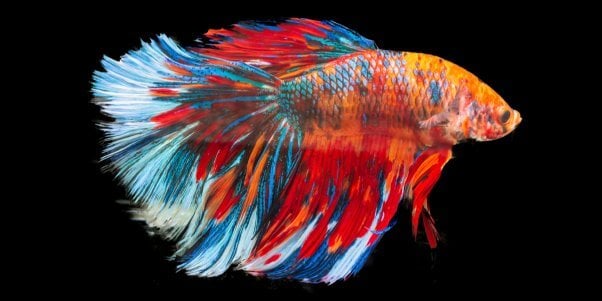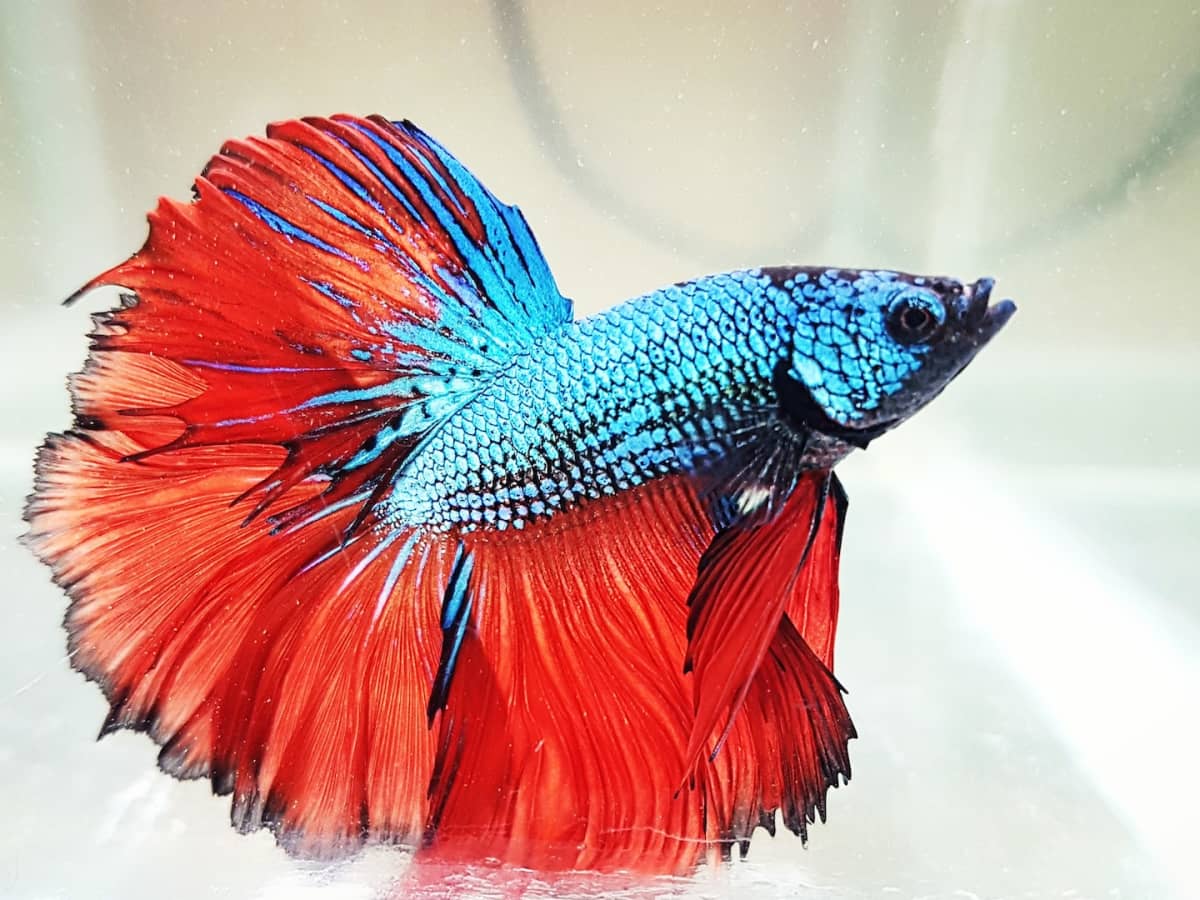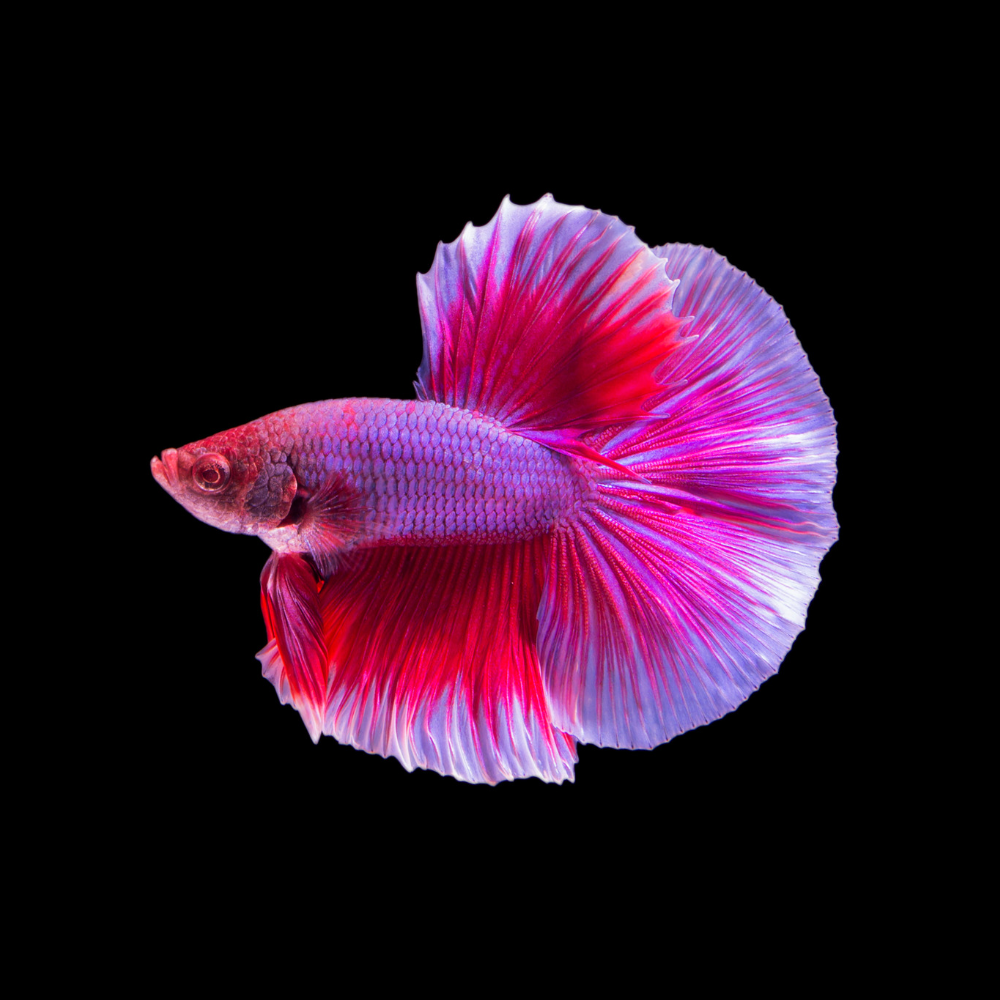Betta Fish Life-span: Exactly How to Ensure Your Betta Lives Longer
Betta Fish Life-span: Exactly How to Ensure Your Betta Lives Longer
Blog Article
Reproducing Betta Fish: a Comprehensive Step-By-Step Guide to Efficiently Raising Infant Bettas From Eggs to Adulthood
Reproducing Betta fish is a thorough venture that requires mindful preparation and implementation to make sure the successful advancement of fry from eggs to grow fish. Selecting genetically diverse breeding couple with preferable qualities is just the beginning; producing an optimal atmosphere and recognizing the details of the breeding procedure are equally important. As the male Betta vigilantly constructs a bubble nest and guards the precious eggs, the succeeding stages of treatment and change need focus to detail and knowledge of ideal methods. Just how does one browse the challenging yet fulfilling path of supporting these vivid creatures to adulthood?

Picking Reproduction Pairs
When embarking on the trip of breeding Betta fish, picking the right reproduction sets is critical to attaining preferable traits and a healthy lineage - betta fish. The very first action in this procedure is to identify the particular qualities you desire to improve or protect, such as color, fin kind, and physique. It is necessary to select genetically diverse pairs to stay clear of inbreeding, which can lead to health issues and undesirable qualities
Review possible breeding prospects very carefully. A healthy male Betta ought to show vivid shades, an energetic demeanor, and well-formed fins, while the woman should additionally show lively pigmentation and a rounded belly, indicating preparedness for spawning. Observing the character of both fish is important, as aggressive or extremely reluctant individuals may not reproduce efficiently.
Keeping records of the moms and dad fish's ancestry can help you track hereditary qualities and prospective problems. Ultimately, investing time in the option procedure will dramatically improve the chance of creating solid, vivid offspring that satisfy your breeding goals.

Preparing the Reproduction Storage Tank
Developing an optimum reproduction atmosphere is a crucial step after choosing ideal sets for Betta fish. The reproduction tank must be specifically created to provide comfort and boost the natural breeding habits of the fish. Beginning with a container dimension of a minimum of 10 gallons to make certain adequate space for both the man and female Bettas.
Preserve a mild filtration system to keep the water clean while staying clear of solid currents that can stress the fish. Additionally, an air stone can be included in give oxygenation without interrupting the water surface too much.
Temperature guideline is vital; go for a stable variety of 78-82 ° F(25-28 ° C) using a reliable heater. The pH degree should be maintained between 6.5 and 7.5, and regular water modifications are essential to ensure high water high quality.
Include floating plants or generating mops to produce concealing areas for the female, while also urging bubble nest structure by the male - betta fish. Make sure the storage tank is cost-free from sharp decorations and any type of prospective dangers, as the welfare of the fish need to always be focused on during this crucial phase of reproduction.
The Breeding Process
Generally, the breeding procedure for Betta fish includes a series of distinct and visible behaviors that suggest preparedness for recreation. The male Betta begins by developing a bubble nest at the water's surface, which functions as a site for the find out this here fed eggs. This nest is vital, as it supplies a risk-free setting for the eggs up until they hatch.
Once the nest is established, the man will certainly display courtship habits, such as flaring his fins and showing dynamic colors to draw in the female. The lady, upon noticing the male's readiness, will certainly react by presenting upright red stripes along her body, indicating her receptiveness.
When the women methods, the male involves in a breeding dancing, typically leading to a welcome known as the "spawning." Throughout this welcome, the lady releases her eggs, which the male fertilizes right away. The fed eggs then fall continue reading this to the bubble nest, where the male thoroughly gathers and returns them to the nest. Following this, the male presumes responsibility for safeguarding the nest and making sure the security of the eggs up until they hatch out, generally within 24-36 hours. This stage is critical in the breeding procedure, laying the foundation for successful fry development.
Caring for Betta Fry
Looking after Betta fry requires careful interest to their environment and nutrition to ensure healthy development and development. After hatching, Betta fry are extremely tiny and prone, necessitating a secure and tidy environment. Keeping a water temperature between 78 ° F and 80 ° F is important, as Betta fry prosper in cozy problems. Furthermore, ensure that the water is without harmful toxic substances; regular water changes of 10-20% are advised to keep optimal water high quality.
Feeding Betta fry is just as vital. Feed them tiny quantities a number of times a day, being cautious not to overfeed, which can lead to water high quality problems.
Transitioning to Adult Bettas
As Betta fry mature, transitioning them to adult Bettas is a vital phase that requires careful management of their setting and social communications. This procedure commonly starts when the fry get to around six weeks of age, at which point they can be progressively presented to an extra structured living environment.
To promote this shift, it is necessary to ensure that the water criteria-- such as temperature, pH, and ammonia read levels-- are ideal and stable. Grown-up Betta fish flourish in cozy water (around 78-80 ° F) with a pH of 6.5 to 7.5. Slowly acclimate the fry to these conditions to lessen tension.
Social communications are one more vital element; man Bettas are notoriously territorial and hostile. It is suggested to separate men into private containers as they develop. Women Bettas can be housed together, however treatment ought to be required to keep track of for indications of aggression.
Furthermore, nutritional adjustments must be made as the fry expand. Incorporate high-quality pellets and live foods to support their development and health. By handling these factors successfully, you can advertise a successful shift to the adult years for your Betta fish.

Final Thought
Effective reproduction of Betta fish calls for mindful interest to detail throughout the entire process, from selecting genetically diverse sets to giving optimum look after fry. By making sure appropriate breeding conditions and maintaining water top quality, the chance of healthy and balanced children enhances considerably. Additionally, a balanced diet regimen and progressive adaptation to adult environments are important for the growth and advancement of Betta fish. Complying with these steps vigilantly promotes a flourishing population of Betta fish, enhancing both their wellness and vitality.
Report this page